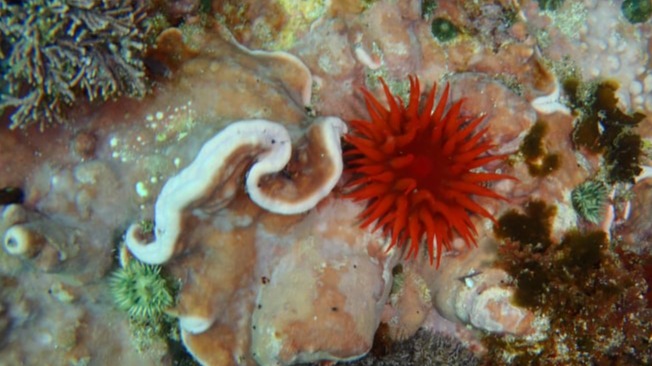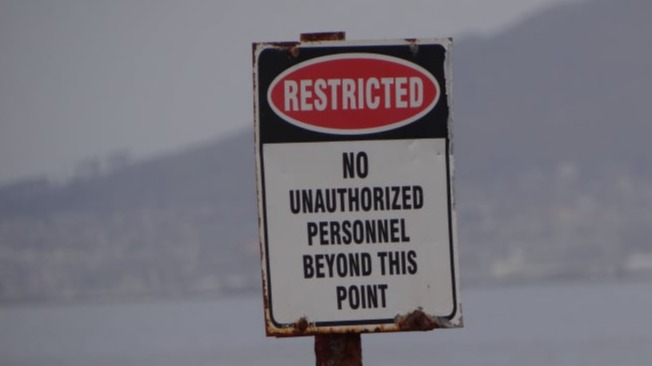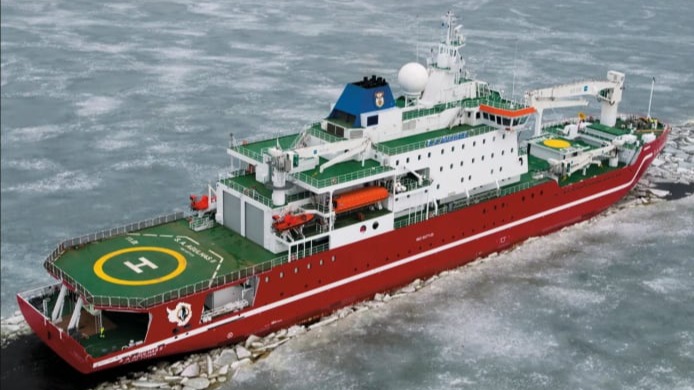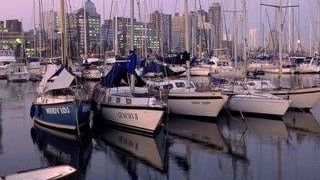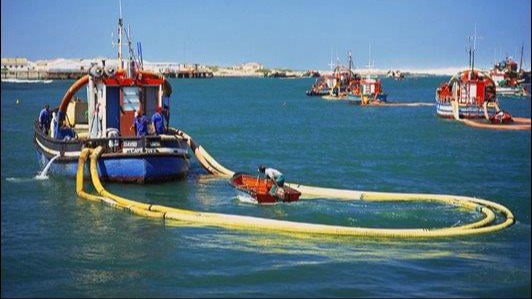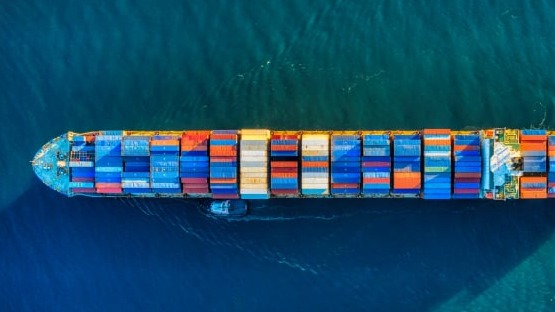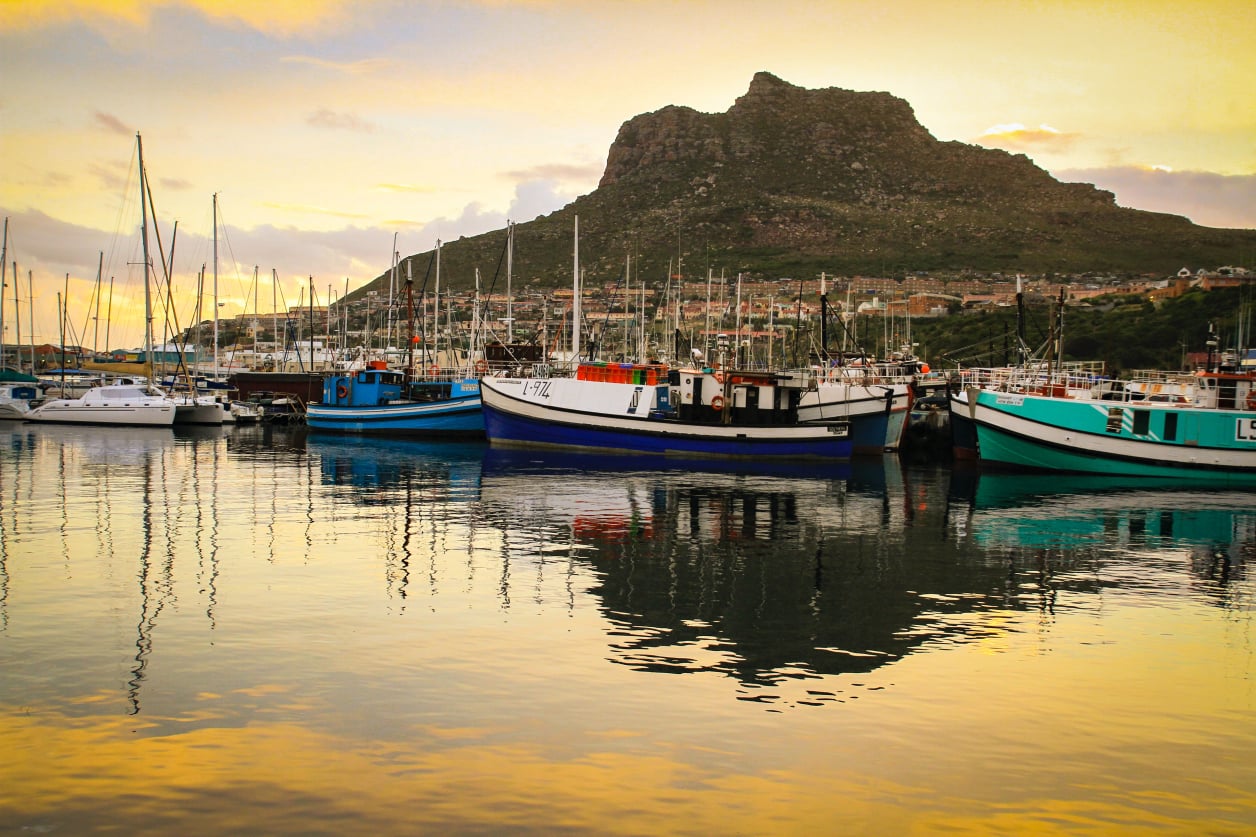
Hout Bay Harbour, Cape Town (Image: Unsplashed)
Why?
The surveillance of territorial sea areas holds increasing significance for coastal nations. According to the United Nations Convention on the Law of the Sea (UNCLOS), countries can establish a territorial sea extending up to 12 nautical miles from their coastline and an Exclusive Economic Zone (EEZ) of up to 200 nautical miles. These zones become crucial economic resources for coastal states, entailing responsibilities for administration, law enforcement, environmental protection, and sustainable management. South Africa, as a maritime nation, has its security and economy intricately tied to the safe passage of vessels through its vast EEZ, which ranks among the world's largest. To safeguard this vital maritime domain, the National OCIMS Integrated Vessel Tracking Decision Support Tool (IVT DeST) has been implemented to ensure effective vessel traffic monitoring that intelligently monitor ships and pollution in near-real time to provide this information directly to users.

